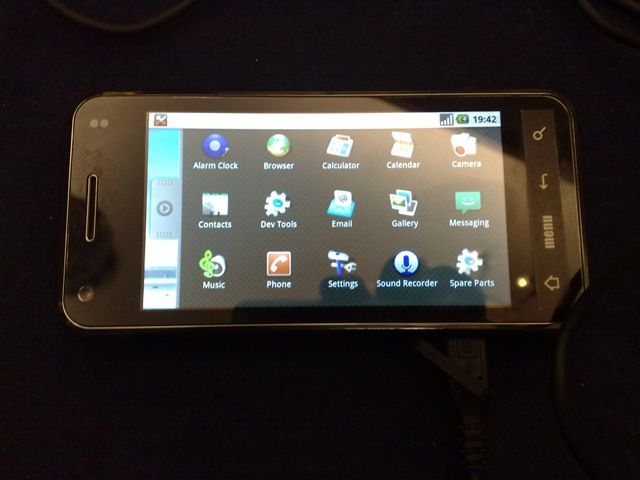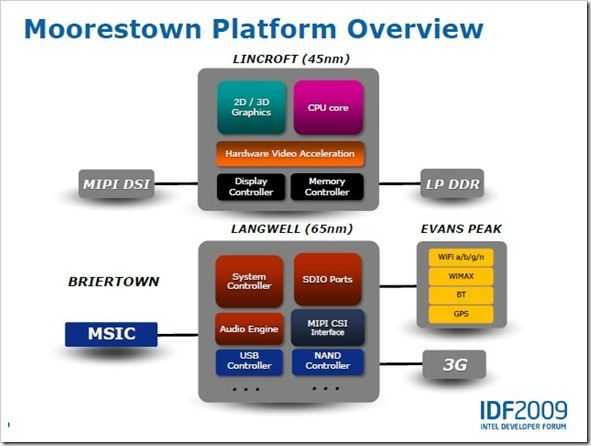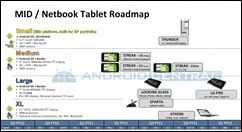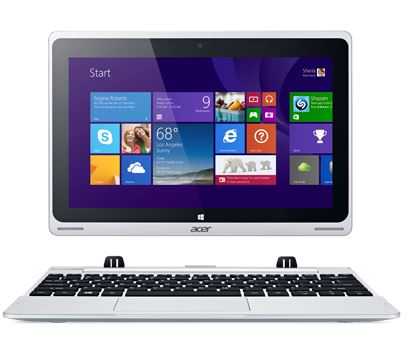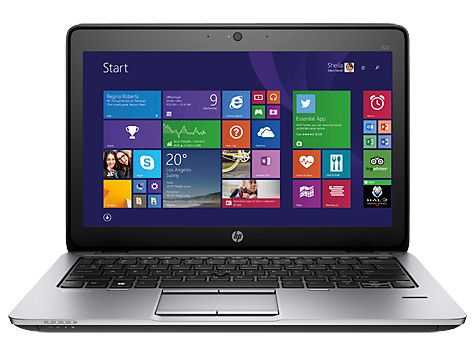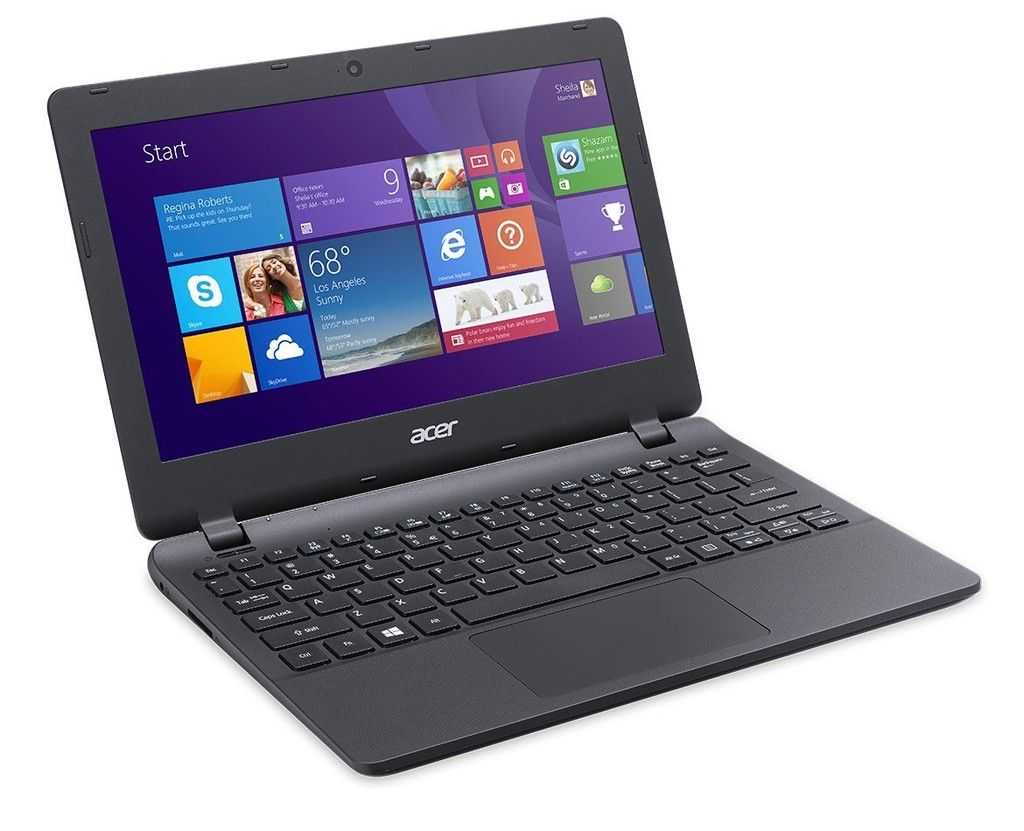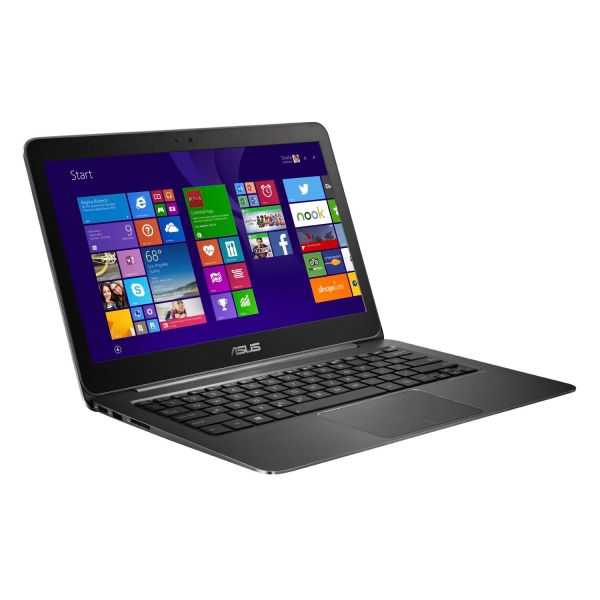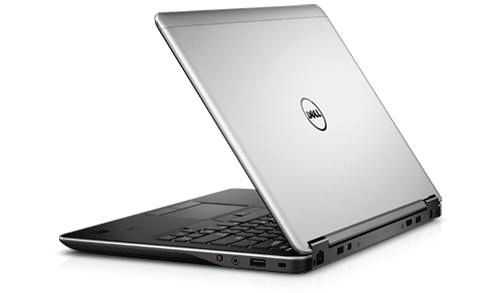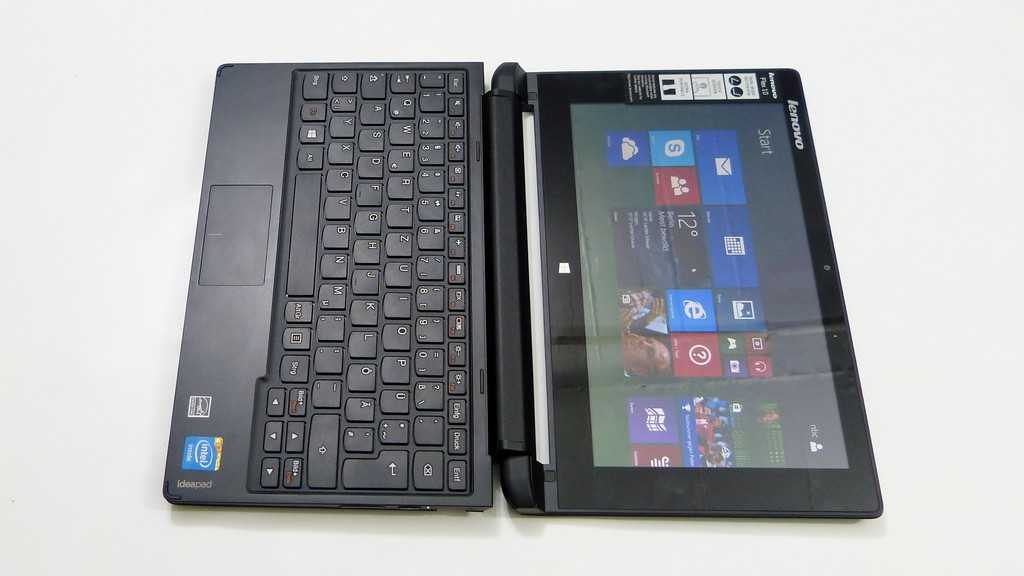Yesterday’s Intel Moorestown announcement caused me some surprise. It also caused some confusion so here’s a round-up of the state-of-play as I see it relating to Atom and operating systems.
A huge number of journalists clearly didn’t read the fact-sheet highlighting that Android is now formally part of the Moorestown equation. That was the surprise for me. Many didn’t even pick up on the lack of ‘Microsoft’ in the press releases and many just see ‘Atom’ as a single product when it’s not. It’s a CPU architecture component in a range of low-power computing platforms.
Intel haven’t really been clear about the strategy here (and don’t help much with their statement to Engadget) but it you had attended some of the Intel Ultra-Mobility Group events over the last few years you will have picked up on what’s going on.
Atom is a simple X86 CPU core that can run X86 code. That part is simple.
Moorestown is a platform; the first version of which will include the Atom core (yup, the same core architecture as on a netbook) but will include some very new elements such as new idle states and very very fine-grained power control. [start here for more tech detail.] It also uses a different bootstrapping and system interface (called the Simple Firmware Interface. Tech details PDF here) so no matter how you try, it’s not going to work with the DOS/BIOS/ACPI-based architecture required by mainstream Windows and Linux builds. That’s why the ‘handheld’ version of Moblin/MeeGo was built. It contains 1) the support for the new bootstrap mechanism 2) the links to enable power control. It also contains the sensor and messaging (between apps) support that Windows can’t provide. Finally, it’s compact in terms of memory and disk footprint. Oh, and it’s license-free!
Intel have also been working to bring Android up to speed for this platform. This doesn’t mean that Android will work on netbooks now but it does mean that a customer has a choice of highly branded and trusted mobile platforms and OS stacks to choose from now across the ARM and Intel portfolios. Intel is approaching business-case-parity with ARM here.
Did Intel just push Microsoft out of the door? No.
Intel is working in Moorestown-W. Moorestown-W (not officially announced but picked up in conversations and interviews) uses a more-traditional PC-like architecture that allows XP and Win7 to run. Some of the power-saving elements will be redundant (or removed) but there will be thermal, memory and size gains to be had that make Moorestown quite attractive for slim and netbook solutions.
Finally, Intel is also working on the next-generation of their netbook platform and naturally, this will support Windows.
In fact, if you look across Intel’s low-power platform product range, you can see the architecture aligning. If the next-generation netbook platform drops the GMA3100 GPU and slots-in the licensed core from Imagination Technologies (as on other Intel Atom platforms Why? It removes IP and patent issues for the customer) then will have something that be a simple variant of Moorestown-W or the Queensbay platform.
It’s confusing, yes, but you have to think of Atom as a small component in a range of low-power platforms that will support everything from tight mobile operating systems to a full flexible WIndows-7 desktop. Intel are just giving their customers the widest choice possible.
Sidenote: I’m investigating the possibility that the WebOS UI could, technically, run on top of an Intel architecture. If HP want to stick with Intel for WebOS solutions, it should be possible.
Sidenote 2: This is a 5-10 year play by Intel. What you see with Moorestown is just start of it. The next-gen 32nm Medfield platform is already announced and you can be sure that the work on the ‘tock’ after that has already started.




